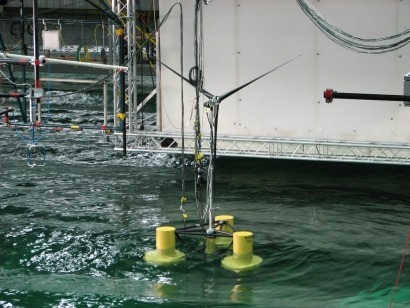
A new study conducted by the Malta Council of Science and Technology’s National Research and Innovation Programme has concluded that technological advances could make deep offshore wind farms financially viable by 2020.
At present, a wind energy complex generating up to 350MW would now coast 1.5 billion euros, around 24 cents per unit. This is considerably higher than fossil-fuelled energy, which stands at between 16 cents and 19 cents per unit for normal domestic consumers. Rapid advances in wind technology could result in greater turbine efficiency with lower capital expenditure.
The study used a wind farm consisting of 70 turbines, each with a 5MW generating capacity, covering an area of 55 square kilometres to the southeast of Malta where the depth varies between 60 and 70 metres. The results of the study suggest that by 2020 the cost of a single unit of electricity might drop to 17 cents, equivalent to a fall of 40 percent capital expenditure.
Professor Tonio Sant, who supervised the study, said that such studies were important as they could ensure the groundwork is ready by the time the necessary technology became available. Professor Sant acknowledged that deep water technology poses greater challenges than projects in shallower waters such as the North Sea but that in comparison the Mediterranean climate is less taxing on the farm’s infrastructure. This means that wind turbines in these waters need not be designed to resist high wind speeds like those in northern countries.
In July, a paper published by the European Wind Energy Association (EWEA) found that deep water offshore wind farms could generate 318,000 jobs and provide 145 million households with electricity by 2020. The paper, entitled Deep Water, found that floating wind turbines with fixed bottoms are cost competitive and could be ready by 2017.
Further information:

